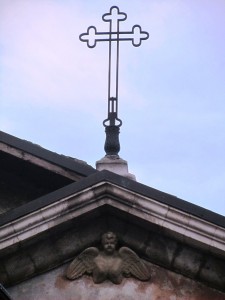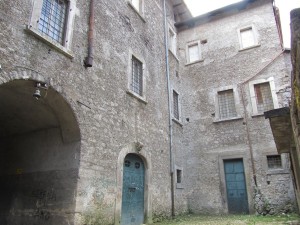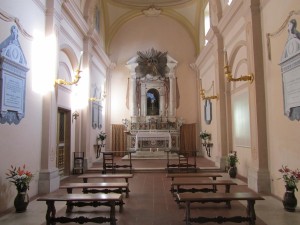

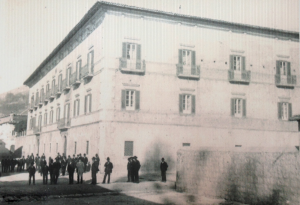
In 1839 Pietrantonio Sipari demolished the old baronial palace of the Massa family, former feudal lords, to built a new one in its place. Born in 1795 and fatherless since the age of 15, he increased the family possessions. Large estates in the Tavoliere delle Puglie (Table of the Apulias), Abruzzo, and Terra di Lavoro (Land of work) made a substantial progress in the cattle-rearing industry. With 15 thousand sheep he had the largest herd of Abruzzo. He also acquired the Meadow Court.
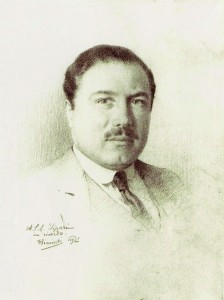
In the years of the Unification of Italy groups of Bourbonists and liberals, of royal and Italian officials, met in the palace. It hosted dignitaries of public bureaucracy, science and aristocracy, including Prince Amedeo Duke of Aosta and the Prince of Naples, future King Vittorio Emanuele III.
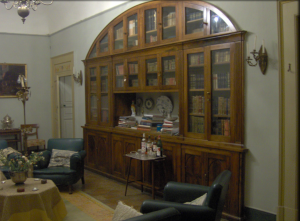
The building “bears the imprint of an exquisite simple architecture combined with the last elements of the neoclassical period that languished and with some reminiscence of the triumphant empire. The vast palace, enriched with a terraced garden and immense rooms, is remarkable especially for a peculiar foresight of ancestor Sipari, who wanted it. When it was built, in the valley ran nothing but a mule track, the carriage was still a dream for Pescasseroli. Yet the doors were opened so wide, the lobbies designed so comfortable to allow after a century free movement to the most powerful car”. (Emidio Agostinone, 1909)
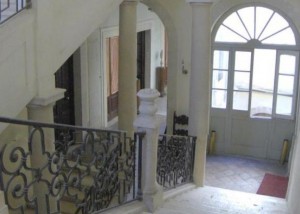
The main facade has symmetrical and rectangular windows on three orders, two portals of stone pilasters and, almost in the middle, two-beetling cornices. Inside, original frescoes and nineteenth-century furnishings used by the family. On the back, a courtyard. Today, the house museum is open for visits, flanked by the chapel of Our Lady of Sorrows, which houses the tombs of the family. In front, the Stables and the Bear Garden, which hosted a small zoo.
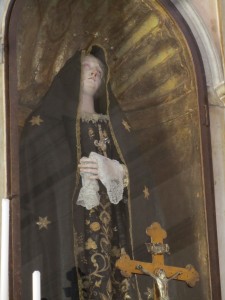
The National Prize of Culture “Benedetto Croce”, was instituted by the town council of Pescasseroli and takes place every year in summer. Website: www.premiocroce.it
Text by Stefano Dark – Images by Stefano Dark and Fondazione Erminio e Zel Sipari Onlus
RESERVED REPRODUCTION – All rights are of the respective owners

